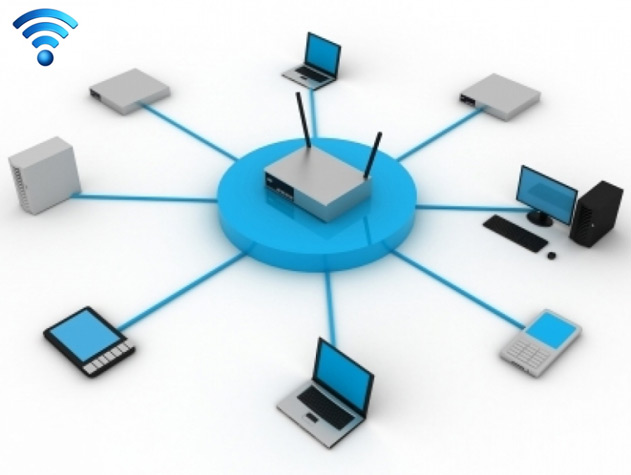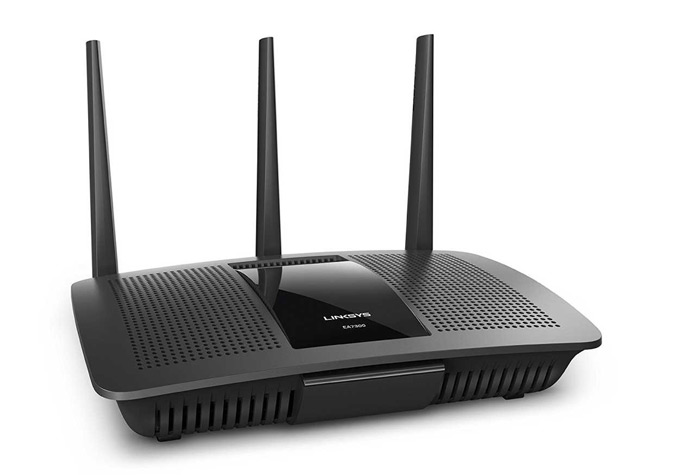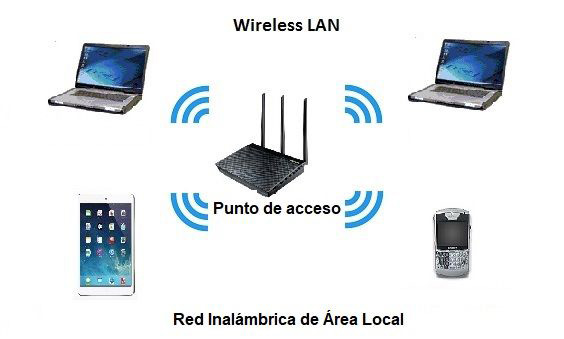
UPDATED ✅ Do you need to know the definition of a WLAN network and you don’t know what it is? ⭐ ENTER HERE ⭐ and discover everything you need to know ✅ EASY and FAST ✅
It is common to have an Internet connection in our homes Wifi. What not many people know is how the Internet signal reaches the devices that we connect to that wireless network. This is due to a technology that implements a local area network, called WLAN.
This network has a series of characteristics that make them uniqueso it needs a certain configuration and components so that they can work correctly.
We invite you to continue reading for you to learn about what a WLAN network is. In the following paragraphs you will find the answers to many of your questions.
What is a Wireless Local Area Network and what is it for in computing?

A “Wireless Local Area Network” either “Wireless LAN” Or simply “WLAN”, is a local area network that uses electromagnetic radio waves to send and receive data to a router. For this, it is necessary that the distances between the components do not exceed many meters. An example of this is the WiFi wireless network. that we have in our houses.
There can be networks with simple designs and also with more complex structures., in which repeaters of the device that emits Internet signals are added. It is characterized by allowing point-to-point connections. They differ from LAN networks by their physical linksince the latter have their connections through coaxial cables or optical fibers, while WLANs are 100% wireless. It is much easier to install than other networks because you don’t need too much cabling for router setup.
They have the great advantage that the participants, or network nodes, can move freely within the coverage area., but as a disadvantage, with respect to a LAN network, we can say that it is more vulnerable to interference than a wired network. We can also mention as a negative point its higher cost than that of a Red lan. The standard channels used are 802.11a, 802.11b and 802.11g and have a frequency of 2.4GHz. In most modern modems, this frequency is 5GHz.
Connection speed is relatively slow compared to a wired network. Furthermore, being a wireless networkpresents significant security issues. This is because it is easy to enter the Internet access point and start being part of the network.
What types of wireless local networks exist?

There are 4 types of Wireless or wireless networks in which they are characterized by connecting the participants of this class of networks by wireless means. They use the sending and receiving of information to the ports through radio waves.
They differ from each other by the coverage area they cover. According to this we can classify wireless networks in:
- WWAN, Wireless Wide Area Network: It is a wide coverage network that is used in large geographical areas through antennas and cellular technology. An example of this is the Internet.
- WMAN Network, Wireless Metropolitan Area Network: It also has a wide reach, but it is much smaller than the previous network. It is related to metropolitan areas or places that have less reach. We can name WiMax as an example. It has a distance of between 70 to 100 kilometers.
- Wireless Local Area Network or WLAN: Its coverage area is much smaller and it focuses especially on areas where there is more complete control of the participants. We can name a WiFi network of a train station. Its distance from the access point is not greater than 20 km.
- WPAN or Wireless Personal Area Network: It uses radio waves to have a coverage of a few meters. An example of this type of network is Bluetooth.
Components of a WLAN network What is needed to create one?

The components necessary to create a WLAN network are the following:
- Network Card or Network Interface Controller (NIC): With this hardware integrated in a device by means of an electronic circuit board, it allows the connection with the different nodes to transmit and receive the data. When a network card is manufacturedit is assigned a unique 48-bit hexadecimal number, which serves to identify the device during its useful life. This is known as the MAC address.
- Antenna: It is one of the easiest components to understand. His work is intended send and receive data through electromagnetic waves. There are a significant number of forms of these hardware, which will depend on the length of the signal you want to broadcast. They can be directional, omnidirectional or sectoral.
- Router device or router: This component’s main function is to route electronic data between orders made by users with another network, such as the Internet. At the same time, also receives the data sent by another network and reroutes them to the device that requested such information.
- Access point or Access Point: It is responsible for connecting the devices to each other to be able to transmit data wirelessly or wired. It is assigned an IP address that is used to configure it within the network. It has 3 modes, the rootwith which all devices can access the gateway, there are also the “repeaters”, to extend the signal for more meters. And the last type of access point is through a “Bridge Point” where they are used when only 2 nodes can communicate with each other, being able to be local or remote.
- Wireless Client: This is a device that needs to communicate with the access point and receive or send the data to the router through a root or bridge point in order to access another network.
Internet